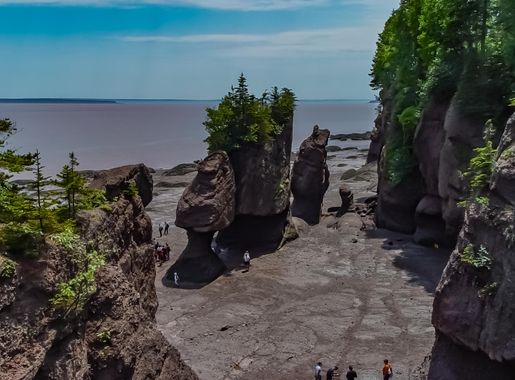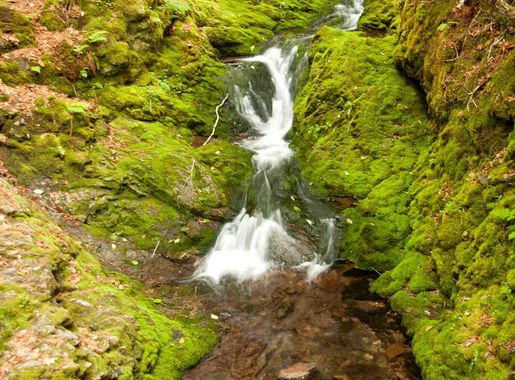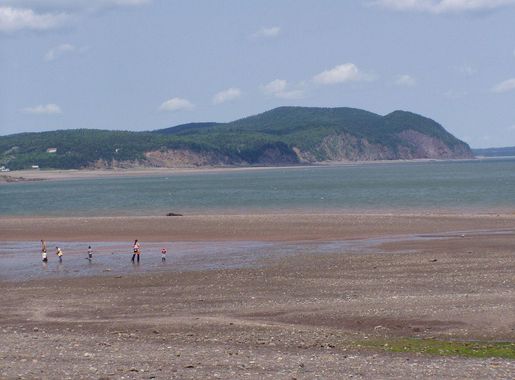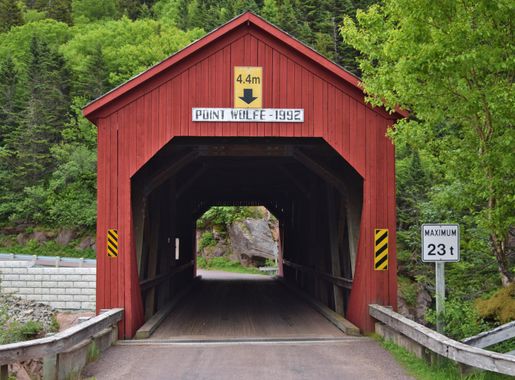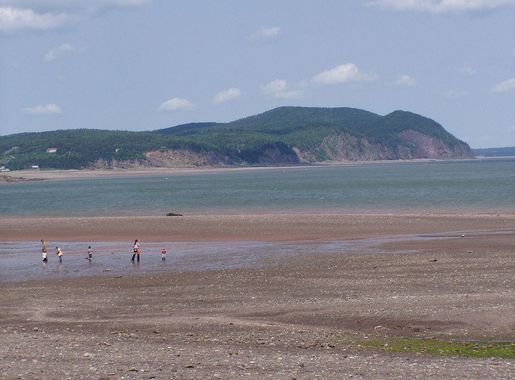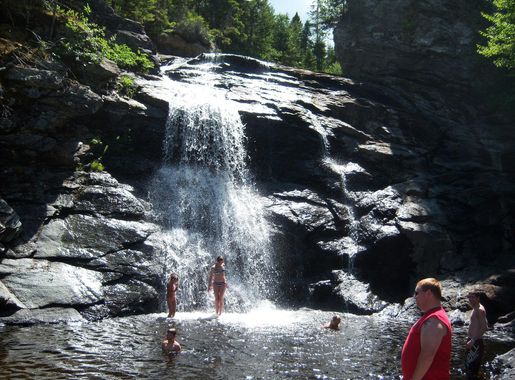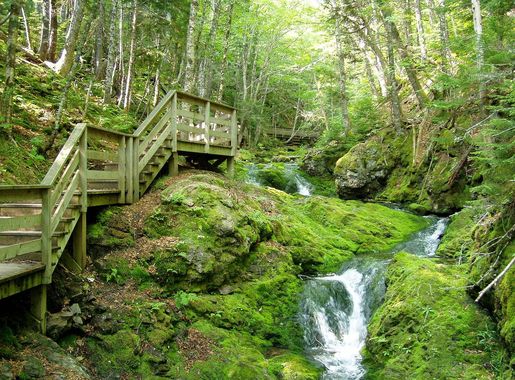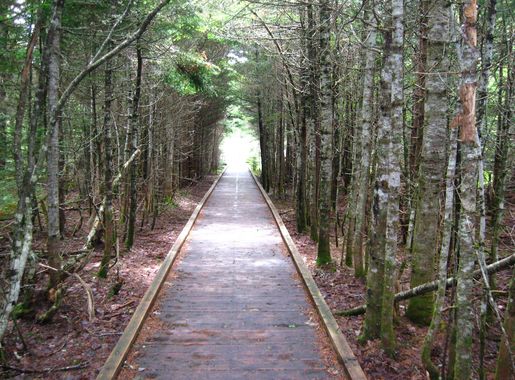
Fundy National Park: Canada's Coastal Gem
Discover the wonders of Fundy National Park in Canada, where the world's highest tides meet lush forests and stunning coastal cliffs for an unforgettable adventure.
Nestled along the rugged coastline of New Brunswick, Fundy National Park offers a spectacular blend of natural beauty and outdoor adventure. Known for having the world's highest tides, this park provides a unique experience where you can literally walk on the ocean floor at low tide and witness the dramatic rise of the waters just hours later. The Bay of Fundy is a natural wonder, drawing visitors from around the globe eager to explore its stunning vistas and diverse ecosystems. Beyond its famous tides, Fundy National Park is a haven for outdoor enthusiasts. The park features over 120 kilometers of hiking trails, ranging from easy walks to challenging backcountry routes. These trails wind through lush forests, past cascading waterfalls, and along breathtaking coastal cliffs. The park is also home to a variety of wildlife, including moose, black bears, and over 260 species of birds, making it a paradise for nature lovers and photographers alike. For those looking to relax, the park offers numerous opportunities for picnicking, swimming, and beachcombing. The charming village of Alma, located at the park's entrance, provides quaint accommodations, local eateries, and shops offering handmade crafts and local delicacies. Whether you're an avid hiker, a birdwatcher, or simply someone in search of peace and quiet, Fundy National Park promises a memorable and enriching experience.
Local tips in Fundy National Park
- Check tide schedules in advance to fully experience the dramatic tidal changes.
- Bring sturdy footwear for hiking and exploring the rocky shorelines.
- Visit the village of Alma for local cuisine and unique souvenirs.
- Make time for birdwatching; the park is home to over 260 species.
- Book accommodations early, especially during peak tourist season.
Fundy National Park: Canada's Coastal Gem
Nestled along the rugged coastline of New Brunswick, Fundy National Park offers a spectacular blend of natural beauty and outdoor adventure. Known for having the world's highest tides, this park provides a unique experience where you can literally walk on the ocean floor at low tide and witness the dramatic rise of the waters just hours later. The Bay of Fundy is a natural wonder, drawing visitors from around the globe eager to explore its stunning vistas and diverse ecosystems. Beyond its famous tides, Fundy National Park is a haven for outdoor enthusiasts. The park features over 120 kilometers of hiking trails, ranging from easy walks to challenging backcountry routes. These trails wind through lush forests, past cascading waterfalls, and along breathtaking coastal cliffs. The park is also home to a variety of wildlife, including moose, black bears, and over 260 species of birds, making it a paradise for nature lovers and photographers alike. For those looking to relax, the park offers numerous opportunities for picnicking, swimming, and beachcombing. The charming village of Alma, located at the park's entrance, provides quaint accommodations, local eateries, and shops offering handmade crafts and local delicacies. Whether you're an avid hiker, a birdwatcher, or simply someone in search of peace and quiet, Fundy National Park promises a memorable and enriching experience.
When is the best time to go to Fundy National Park?
Iconic landmarks you can’t miss
Hopewell Rocks Provincial Park
Explore the breathtaking flowerpot rocks and experience the highest tides in the world at Hopewell Rocks Provincial Park, New Brunswick's natural treasure.

Fundy National Park Of Canada
Experience the breathtaking beauty of Fundy National Park, where the world's highest tides meet lush forests and stunning landscapes.
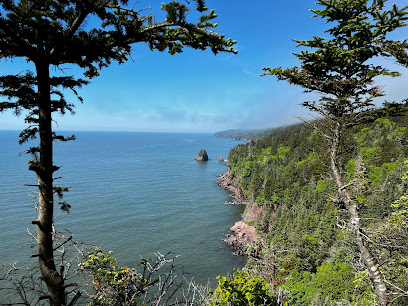
Cape Breton Highlands National Park
Experience the breathtaking coastal views and diverse ecosystems at Cape Breton Highlands National Park, a top destination for nature lovers in Nova Scotia.

Kouchibouguac National Park
Discover the stunning landscapes, diverse ecosystems, and recreational adventures at Kouchibouguac National Park, New Brunswick's natural paradise.
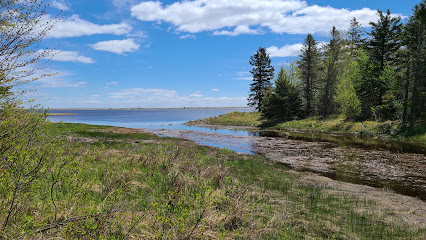
St Martins Sea Caves
Discover the breathtaking beauty of St. Martins Sea Caves, where the tides of the Bay of Fundy sculpt nature’s wonders in New Brunswick.
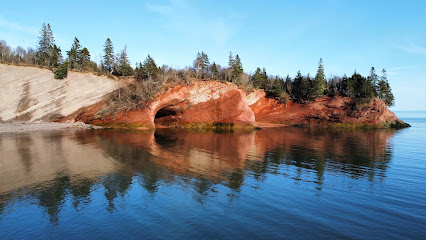
Irving Nature Park
Explore the stunning landscapes and tranquil trails of Irving Nature Park, perfect for nature lovers seeking adventure near the Bay of Fundy.
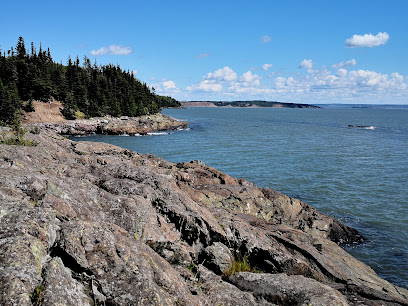
Kejimkujik National Park and National Historic Site
Explore the breathtaking landscapes and rich cultural heritage of Kejimkujik National Park, a haven for nature lovers and adventure seekers in Nova Scotia.
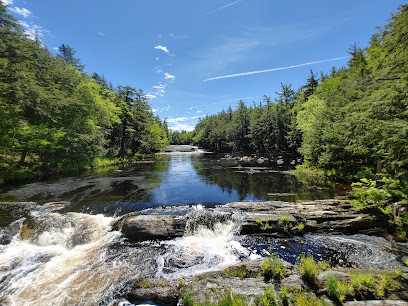
Quoddy Head State Park
Experience breathtaking coastal views, diverse wildlife, and scenic trails at Quoddy Head State Park, the easternmost point in the United States.
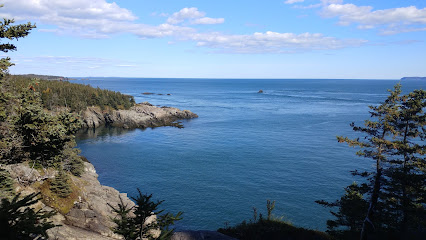
Kings Square
Discover the tranquility and historical charm of Kings Square, a stunning park in the heart of Saint John, perfect for relaxation and cultural exploration.
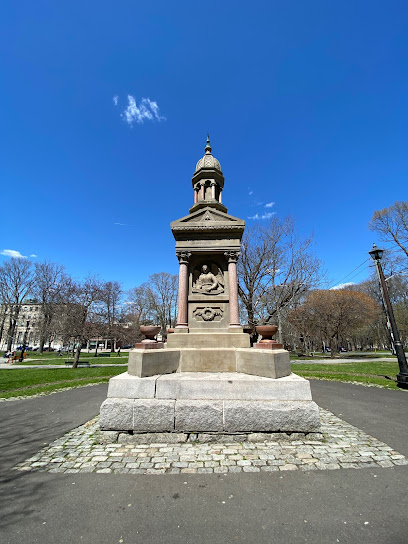
Grand-Pré National Historic Site
Explore the rich heritage and breathtaking landscapes at Grand-Pré National Historic Site, a UNESCO World Heritage gem in Nova Scotia.
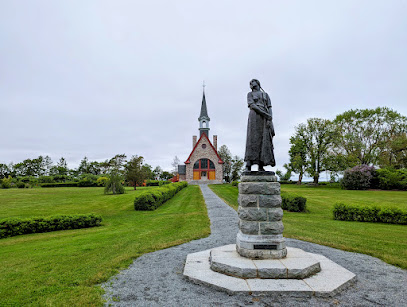
Bay of Fundy
Experience the breathtaking natural beauty of the Bay of Fundy, home to the world's highest tides and rich marine life.
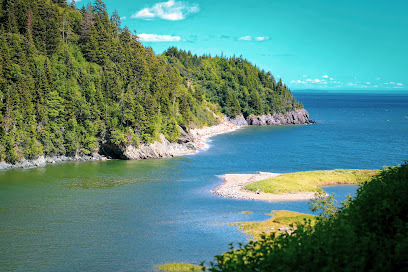
Fort Anne National Historic Site
Explore Fort Anne National Historic Site, a historical landmark in Annapolis Royal, Nova Scotia, showcasing Canada's rich military heritage and stunning coastal views.
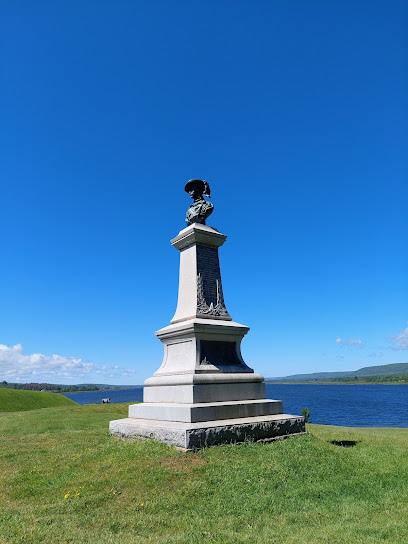
Joggins Fossil Centre
Explore the Joggins Fossil Centre, a UNESCO World Heritage Site showcasing 300 million years of Earth's history through remarkable fossil discoveries.
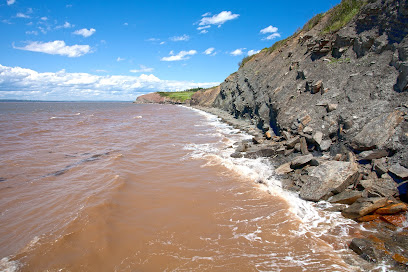
Roosevelt Campobello International Park
Discover the beauty and history of Roosevelt Campobello International Park, a serene retreat that honors the legacy of Franklin D. Roosevelt in New Brunswick, Canada.
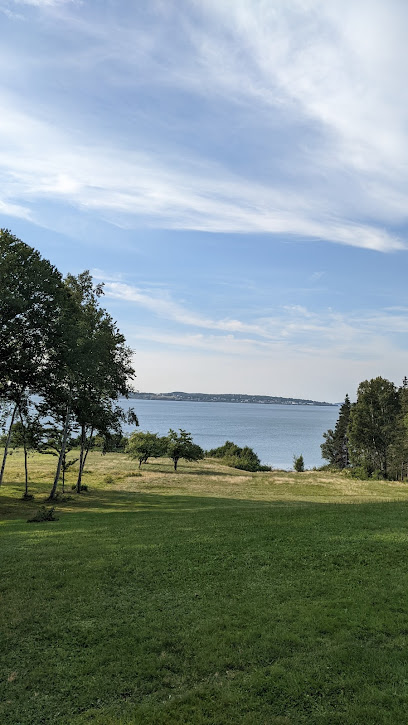
Fort Beauséjour – Fort Cumberland National Historic Site
Discover the historical significance of Fort Beauséjour – Fort Cumberland National Historic Site, a captivating landmark celebrating Canada's colonial past.
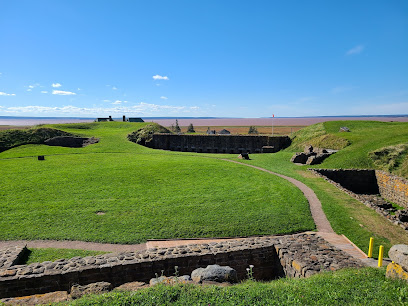
Unmissable attractions to see
Magnetic Hill Zoo
Explore the diverse wildlife and engaging exhibits at Magnetic Hill Zoo in Moncton, a family-friendly destination that promises adventure and education.
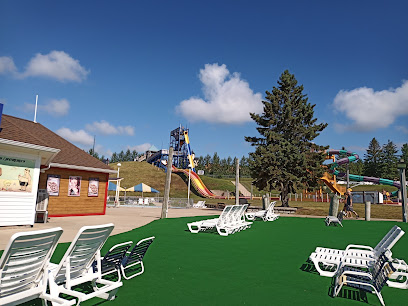
Kouchibouguac National Park
Explore the breathtaking landscapes of Kouchibouguac National Park, a natural paradise of hiking, wildlife, and serene beaches in New Brunswick, Canada.
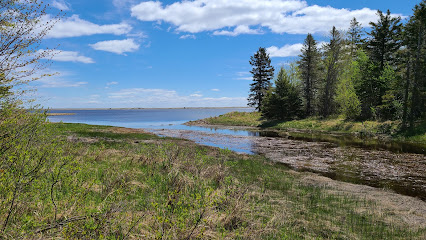
The Magnetic Hill
Discover the captivating experience of The Magnetic Hill in Moncton, New Brunswick, where gravity seems to take a holiday, creating a magical optical illusion.
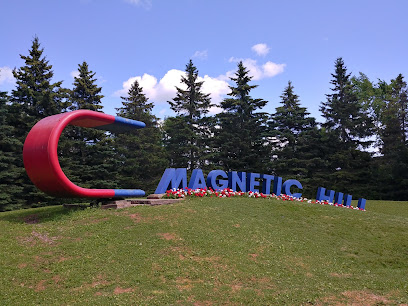
Burntcoat Head Park
Explore Burntcoat Head Park, home to the world's highest tides and stunning coastal scenery, perfect for outdoor adventures and rich in history.
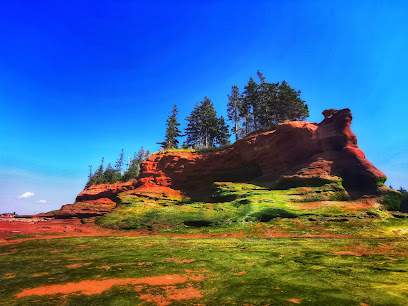
Blomidon Look-Off
Discover breathtaking views and serene landscapes at Blomidon Look-Off in Nova Scotia, a perfect retreat for nature lovers and photographers alike.
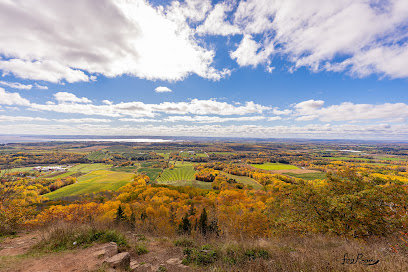
Grand-Pré National Historic Site
Discover the cultural heritage of the Acadian people at Grand-Pré National Historic Site, where history and nature intertwine beautifully.
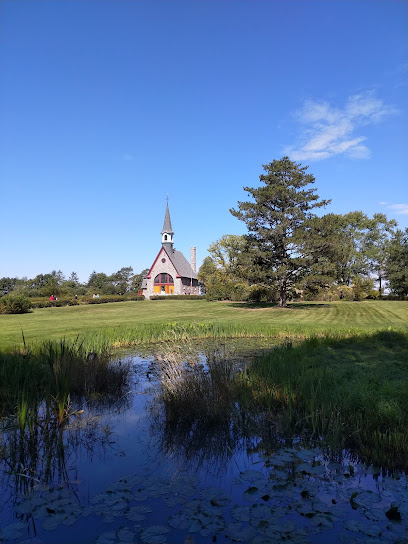
Joggins Fossil Centre
Discover ancient fossils and breathtaking coastal views at Joggins Fossil Centre - a UNESCO World Heritage Site in Nova Scotia.
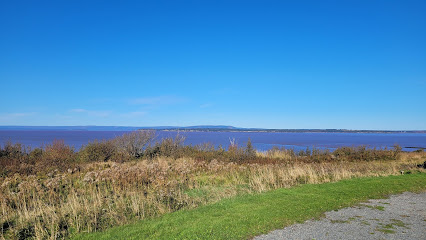
Roosevelt Campobello International Park
Experience the natural beauty and rich history of Roosevelt Campobello International Park, a serene retreat for nature lovers and history enthusiasts.

Fort Beauséjour – Fort Cumberland National Historic Site
Explore Fort Beauséjour – Fort Cumberland National Historic Site, a pivotal landmark in Canadian history, blending cultural heritage with breathtaking landscapes.
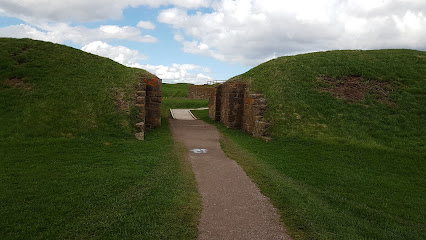
Five Islands Provincial Park
Explore the breathtaking landscapes of Five Islands Provincial Park in Nova Scotia, where adventure meets stunning coastal beauty.
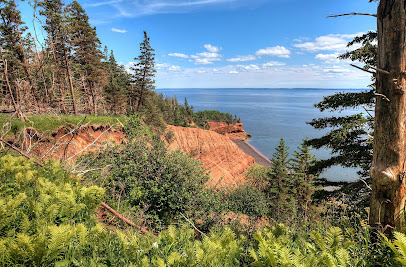
Sackville Waterfowl Park
Explore the serene beauty of Sackville Waterfowl Park, a premier destination for birdwatching and nature appreciation in New Brunswick.

Port-Royal National Historic Site
Explore the rich history of Canada at Port-Royal National Historic Site, a captivating reconstruction of a 17th-century French settlement in Nova Scotia.

Margaretsville Lighthouse
Explore the scenic Margaretsville Lighthouse, a historical landmark offering breathtaking views of the Bay of Fundy and a glimpse into Nova Scotia's maritime heritage.
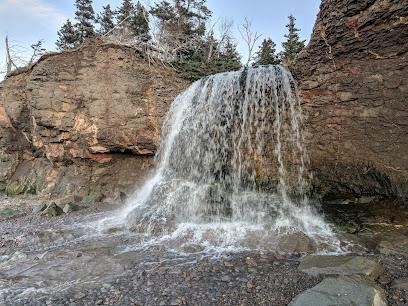
Fundy Geological Museum
Explore the geological wonders of the Fundy Geological Museum in Parrsboro, where ancient fossils and interactive exhibits await every curious traveler.
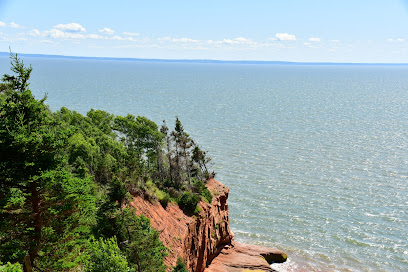
Fundy Tidal Interpretive Centre
Unveil the natural beauty and scientific marvels of the Bay of Fundy at the Fundy Tidal Interpretive Centre, an essential stop for all nature enthusiasts.
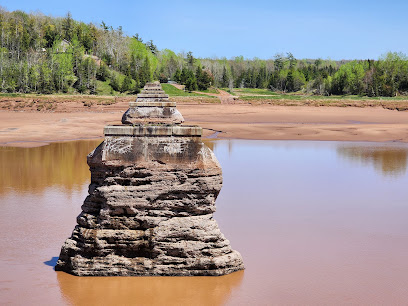
Essential places to dine
The Algonquin Resort St. Andrews by-the-Sea, Autograph Collection
Discover timeless luxury at The Algonquin Resort in St. Andrews by-the-Sea, where history meets breathtaking coastal views.

Cask & Kettle Irish Gastropub
Experience the best of Irish cuisine at Cask & Kettle Gastropub in Saint John - where tradition meets modern dining.
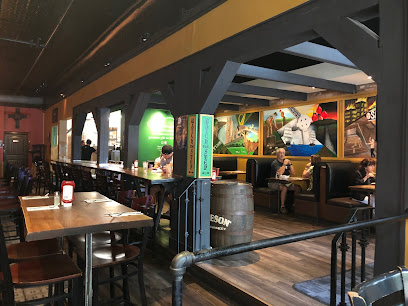
Tipsy Tails Restaurant
Discover the flavors of the sea at Tipsy Tails Restaurant in Alma, New Brunswick - a must-visit for seafood enthusiasts!

The Crow's Nest - Digby
Experience authentic Nova Scotia seafood at The Crow's Nest - where every dish tells a story of the ocean.
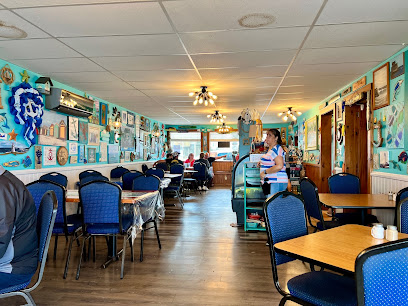
Fundy Restaurant & Dockside Suites
Experience the best of Nova Scotia's seafood at Fundy Restaurant & Dockside Suites with stunning views over the Bay of Fundy.
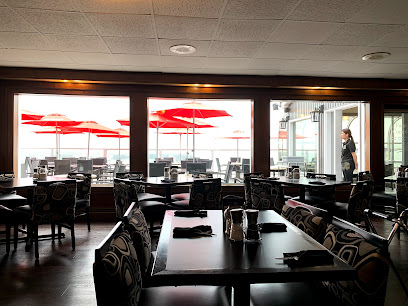
Alma Lobster Shop
Discover fresh lobster and exquisite seafood dishes at Alma Lobster Shop in charming Alma, New Brunswick – where culinary tradition meets stunning coastal views.
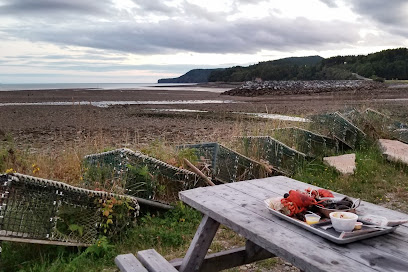
The Octopus's Garden Cafe & Bistro
Experience fresh local flavors at The Octopus's Garden Cafe & Bistro in Alma - where every meal is crafted with love.
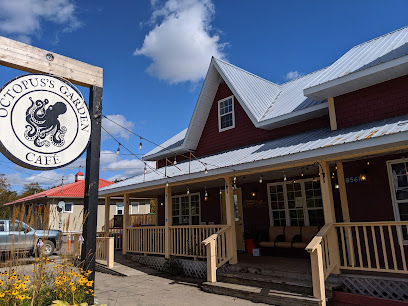
Alma Boathouse Restaurant
Experience fresh seafood delights at Alma Boathouse Restaurant in beautiful Alma, New Brunswick – where every bite tells a story.
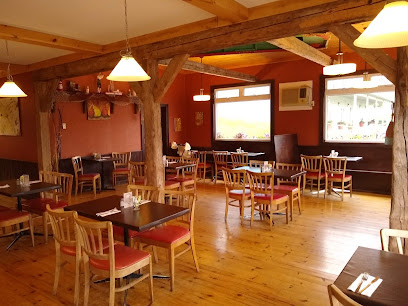
All Seasons Inn & Restaurant
Experience culinary delights at All Seasons Inn & Restaurant in Sussex - where comfort meets exquisite dining in New Brunswick.
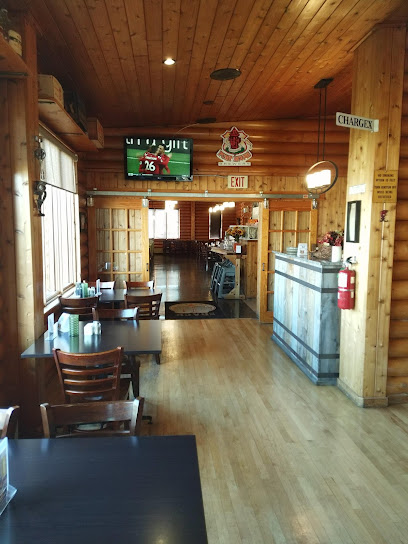
Fundy Take-Out
Discover fresh seafood delights at Fundy Take-Out near Fundy National Park – where local flavors meet breathtaking views.
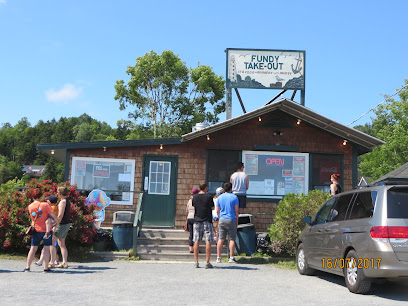
Reversing Falls Restaurant at Stonehammer UNESCO Global Geopark
Experience breathtaking views and delicious local cuisine at Reversing Falls Restaurant in Stonehammer UNESCO Global Geopark.
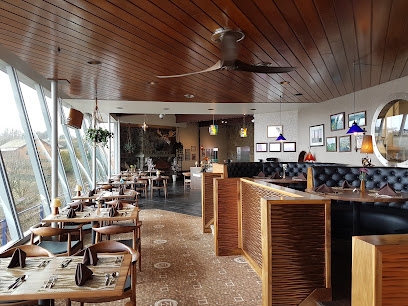
Broadleaf Ranch
Discover the beauty and adventure at Broadleaf Ranch - your ultimate destination for outdoor fun and rustic charm in New Brunswick.

Muddy Rudder Bar & Grill
Discover Muddy Rudder Bar & Grill in Alma - where delightful flavors meet warm hospitality in the heart of New Brunswick.
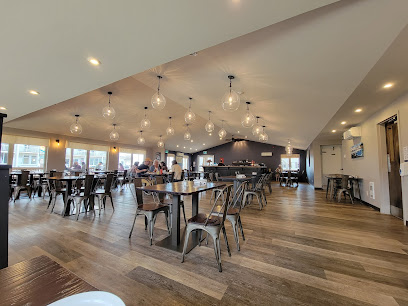
Wild Caraway
Experience the best of Nova Scotia's local flavors at Wild Caraway, where creativity meets tradition in every dish.
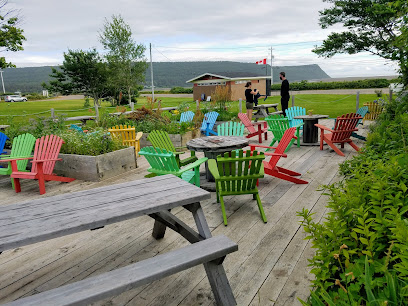
East Coast Bistro
Experience the essence of Canadian cuisine at East Coast Bistro in Saint John - where every dish tells a story.
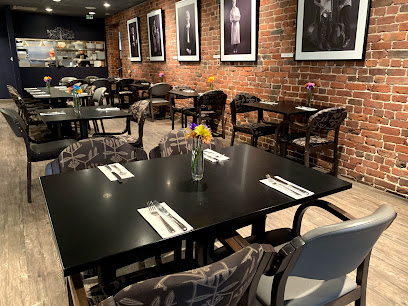
Markets, malls and hidden boutiques
Saint John City Market
Explore the Saint John City Market: A vibrant farmers' market in the heart of New Brunswick, offering fresh produce, seafood, and local crafts.
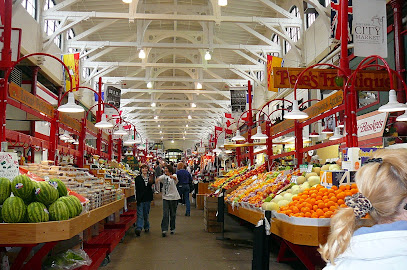
East Point Shopping
Explore East Point Shopping Mall in Saint John for a diverse shopping experience, great dining options, and vibrant community events.
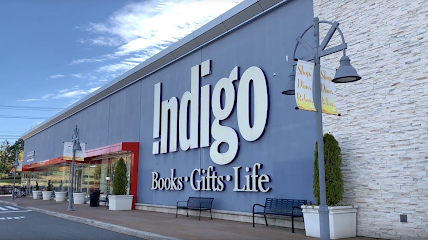
McAllister Place
Experience shopping bliss at McAllister Place in Saint John, offering a diverse array of stores, dining, and vibrant community events.
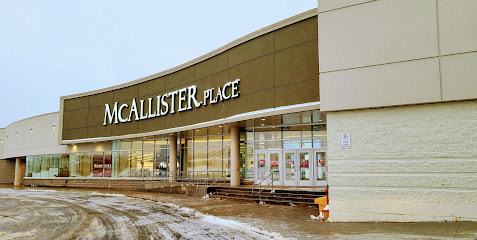
Gateway Mall
Discover the charm of Sussex at Gateway Mall, your go-to shopping destination with diverse stores and delightful dining options.
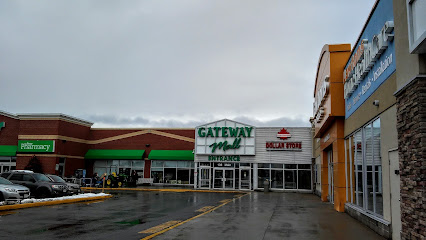
Fundy Trail Parkway Interpretive Center
Discover the natural beauty and cultural heritage of New Brunswick at the Fundy Trail Parkway Interpretive Center, a must-visit for every traveler.
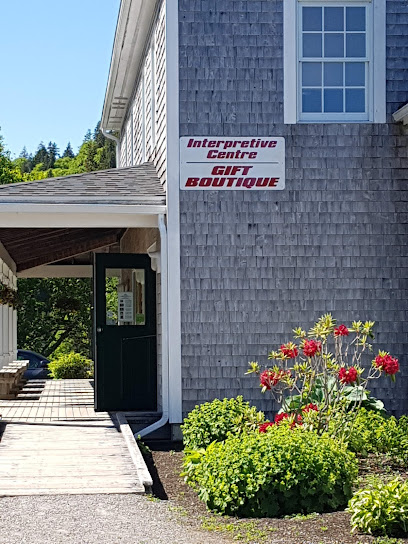
Le Passage
Explore Le Passage: Moncton's charming gift shop featuring local crafts, books, and natural goods, perfect for unique souvenirs.
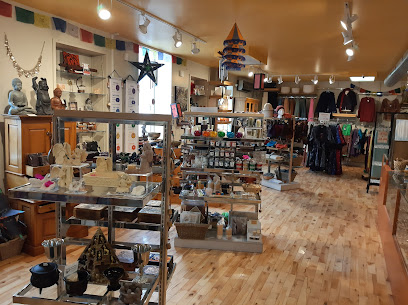
Lockhart's Weddings & Special Occasions
Explore Lockhart's Weddings & Special Occasions in Sussex, the perfect bridal shop for enchanting wedding dresses and personalized consultations.

Fundy Trail Parkway West Kiosk
Discover the breathtaking coastal beauty and diverse hiking trails at Fundy Trail Parkway West Kiosk, a must-visit destination in New Brunswick.
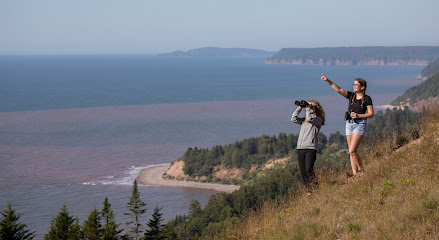
Freddy's New Frenchy's
Discover unique fashion treasures at Freddy's New Frenchy's, a welcoming thrift store in Four Corners, New Brunswick, perfect for budget-friendly shopping.
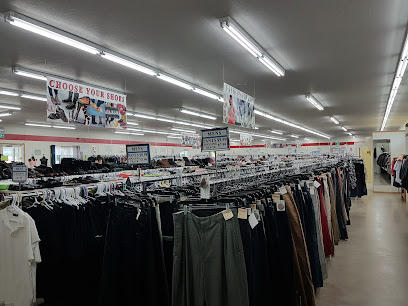
Market Between the Mountains
Explore the charm of Nova Scotia at Market Between the Mountains, your destination for unique gifts and local treasures.
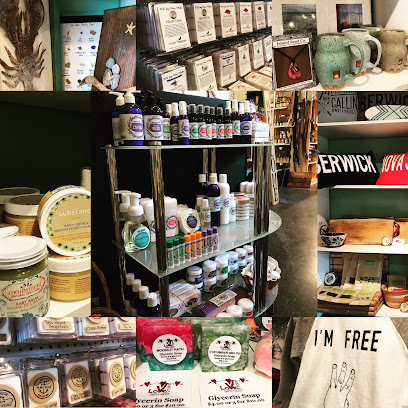
BAY OF FUNDY ADVENTURES
Discover the breathtaking Bay of Fundy through thrilling adventures and scenic experiences at Bay of Fundy Adventures in New Brunswick.
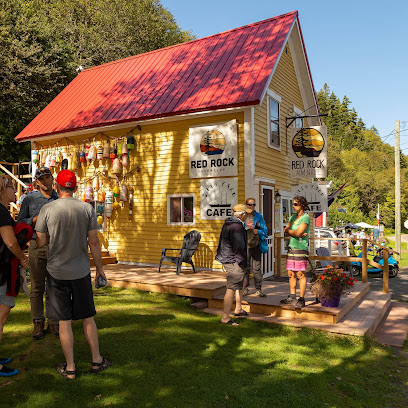
The Pink Church Boutique
Discover unique handcrafted treasures at The Pink Church Boutique in Hopewell Cape, a charming shopping experience that captures local artistry.
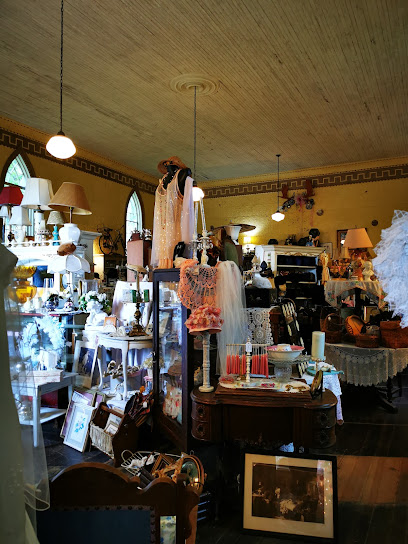
Starving Artist Gallery and Gifts
Explore the Starving Artist Gallery and Gifts in Moncton for unique handcrafted treasures and a taste of local art culture.
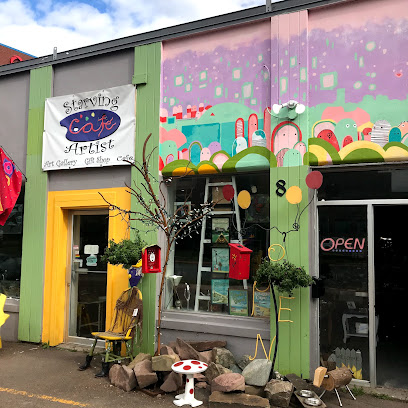
Outdoor Elements
Discover Outdoor Elements in Sussex, your ultimate destination for skiing, biking, and boating adventures in beautiful New Brunswick.
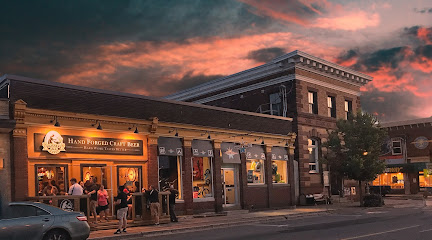
Quality Creations
Discover Quality Creations in Lewis Mountain, your go-to destination for custom t-shirts, decals, and unique gifts that capture the spirit of New Brunswick.
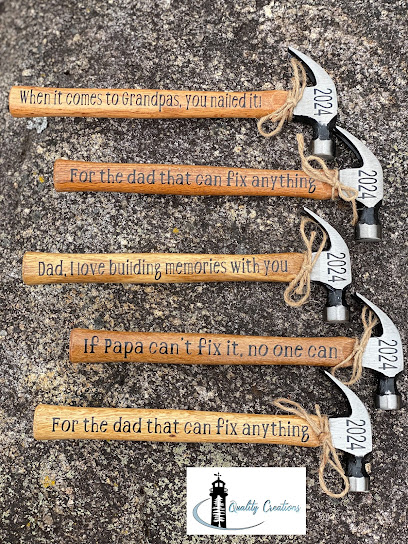
Essential bars & hidden hideouts
Saint John Ale House
Discover the flavors of New Brunswick at the Saint John Ale House, where seafood, steak, and local brews come together in a lively atmosphere.
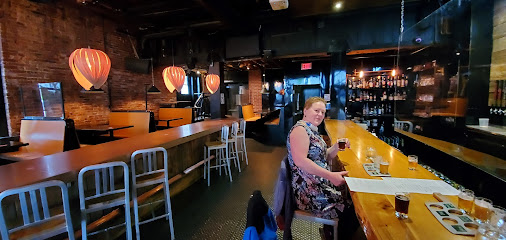
Tipsy Tails Restaurant
Discover the best seafood dining experience in Alma, New Brunswick, at Tipsy Tails Restaurant, where local flavors meet stunning views of the Bay of Fundy.
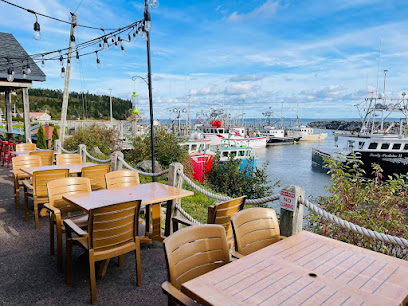
Dolan's Pub
Discover Dolan's Pub in Fredericton – where live music, delicious food, and a vibrant atmosphere come together for an unforgettable experience.
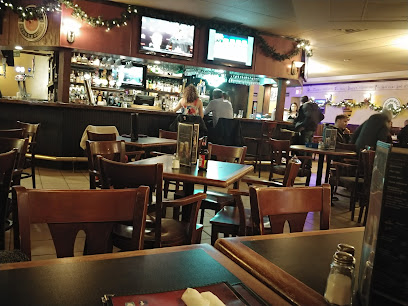
Pub Down Under
Experience the lively spirit of Saint John at Pub Down Under, where great drinks, live music, and local culture come together.
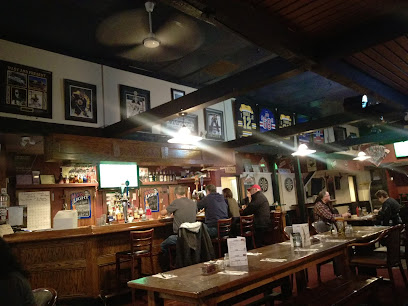
The Octopus's Garden Cafe & Bistro
Savor fresh, local flavors at The Octopus's Garden Cafe & Bistro, a charming eatery in Alma, New Brunswick, near Fundy National Park.
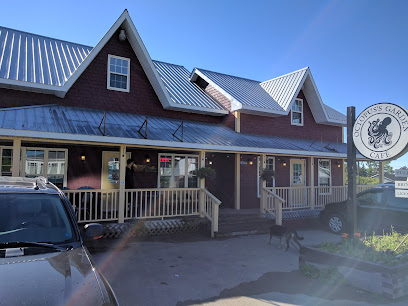
Rocky's Sports Bar
Experience the ultimate sports dining at Rocky's Sports Bar in Saint John, where great food meets a vibrant atmosphere for all ages.
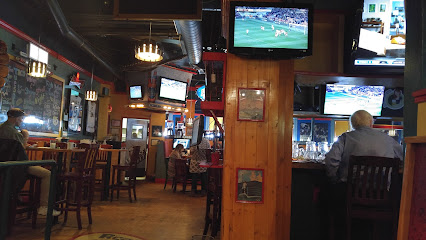
Alma Boathouse Restaurant
Experience the best of New Brunswick’s seafood at the Alma Boathouse Restaurant, where every meal is a taste of the ocean's bounty.
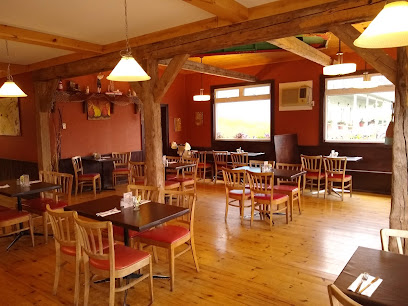
Fundy Take-Out
Discover the flavors of the Bay of Fundy at Fundy Take-Out, where fresh seafood meets stunning views in Alma, New Brunswick.
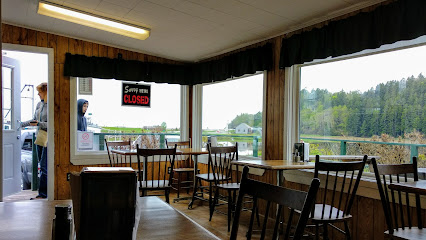
Holy Whale Brewery
Experience the best of New Brunswick craft beer at Holy Whale Brewery in Alma, where artisanal brews meet stunning coastal views.
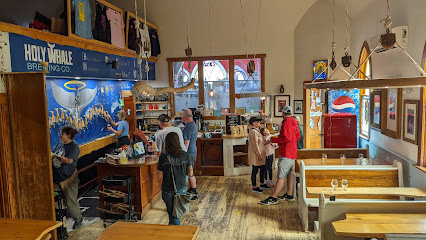
O'Leary's
Experience the vibrant atmosphere and delicious fare at O'Leary's, Saint John's favorite pub for locals and visitors alike.
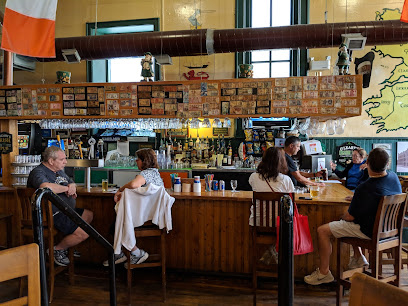
Muddy Rudder Bar & Grill
Discover the flavors of New Brunswick at Muddy Rudder Bar & Grill, a local favorite known for its delicious grilled dishes and vibrant atmosphere.
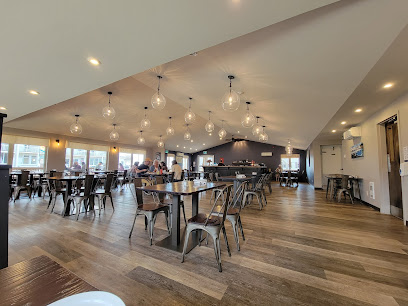
Tides
Discover the authentic flavors of the sea at Tides, a premier seafood restaurant in Alma, New Brunswick, where fresh meets coastal charm.
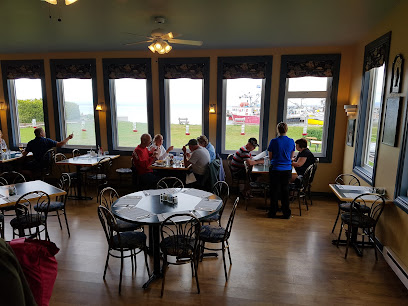
Hopscotch Whisky Bar
Experience the charm of Hopscotch Whisky Bar in Saint John, where an extensive selection of whiskies meets cozy ambiance and vibrant nightlife.
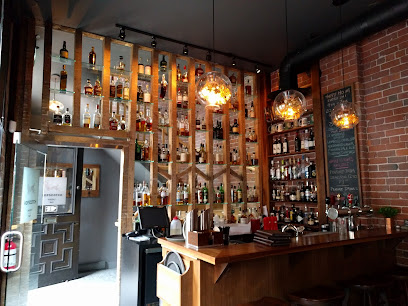
Five and Dime
Discover the lively ambiance of Five and Dime in Saint John, a must-visit pub for craft beer lovers and nightlife enthusiasts.
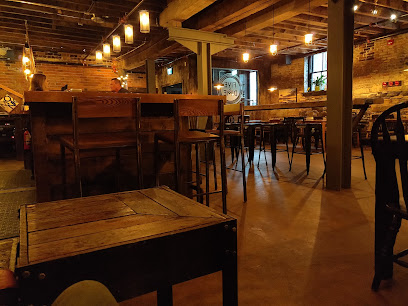
Village Pour House Wenday 1st Stop
Discover the Village Pour House in Juniper, a cozy pub offering local brews, hearty meals, and a lively atmosphere for tourists exploring New Brunswick.
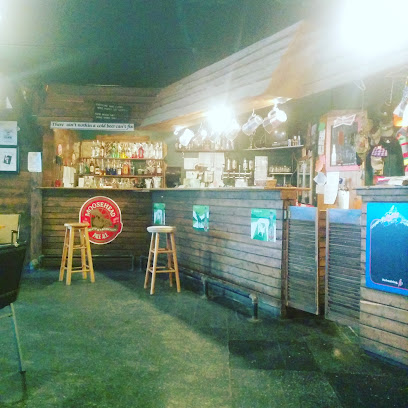
Local Phrases about Fundy National Park
-
- HelloBonjour
[bon-zhoor] - GoodbyeAu revoir
[oh re-vwahr] - YesOui
[wee] - NoNon
[nohn] - Please/You're welcomeS'il vous plaît/De rien
[seel voo pleh / duh ryen] - Thank youMerci
[mehr-see] - Excuse me/SorryExcusez-moi/Désolé
[ex-kew-zay mwah / day-zoh-lay] - How are you?Comment ça va?
[koh-mohn sah vah] - Fine. And you?Bien. Et toi?
[byen. ay twah] - Do you speak English?Parlez-vous anglais?
[par-lay voo ahn-glay] - I don't understandJe ne comprends pas
[zhuh nuh kohm-prahn pah]
- HelloBonjour
-
- I'd like to see the menu, pleaseJe voudrais voir le menu, s'il vous plaît
[zhuh voo-dray vwahr luh meh-nyoo, seel voo pleh] - I don't eat meatJe ne mange pas de viande
[zhuh nuh mahnj pah duh vyand] - Cheers!Santé!
[sahn-tay] - I would like to pay, pleaseJe voudrais payer, s'il vous plaît
[zhuh voo-dray pay-yay, seel voo pleh]
- I'd like to see the menu, pleaseJe voudrais voir le menu, s'il vous plaît
-
- Help!Au secours!
[oh seh-koor] - Go away!Allez-vous en!
[ah-lay voo zan] - Call the Police!Appelez la police!
[ah-peh-lay lah po-lees] - Call a doctor!Appelez un médecin!
[ah-peh-lay uh may-duh-sahn] - I'm lostJe suis perdu
[zhuh swee pair-doo] - I'm illJe suis malade
[zhuh swee mah-lahd]
- Help!Au secours!
-
- I'd like to buy...Je voudrais acheter...
[zhuh voo-dray zah-shey...] - I'm just lookingJe regarde juste
[zhuh ruh-gard zhust] - How much is it?Combien cela coûte-t-il?
[kohm-byen suh-lah koot-eel] - That's too expensiveC'est trop cher
[say troh shehr] - Can you lower the price?Pouvez-vous baisser le prix?
[poo-veh voo bay-say luh pree]
- I'd like to buy...Je voudrais acheter...
-
- What time is it?Quelle heure est-il?
[kell uhr eh-teel] - It's one o'clockIl est une heure
[eel ehz uhn uhr] - Half past (10)Dix heures et demie
[deez uhr eh dehm-ee] - MorningMatin
[mah-tan] - AfternoonAprès-midi
[ah-pray mee-dee] - EveningSoir
[swahr] - YesterdayHier
[yehr] - TodayAujourd'hui
[oh-zhoor dewee] - TomorrowDemain
[duh-mahn] - 1Un
[uhn] - 2Deux
[duh] - 3Trois
[twah] - 4Quatre
[kat-truh] - 5Cinq
[sank] - 6Six
[sees] - 7Sept
[sept] - 8Huit
[weet] - 9Neuf
[nuff] - 10Dix
[deez]
- What time is it?Quelle heure est-il?
-
- Where's a/the...?Où est un/le...?
[ooh eh uh/luh] - What's the address?Quelle est l'adresse?
[kell eh lah-dress] - Can you show me (on the map)?Pouvez-vous me montrer (sur la carte)?
[poo-veh voo muh mohn-tray (soor lah kart)] - When's the next (bus)?Quand est le prochain (bus)?
[kahn eh luh proh-shahn (boos)] - A ticket (to ....)Un billet (pour ....)
[uhn bee-yay (poor)]
- Where's a/the...?Où est un/le...?
History of Fundy National Park
-
Long before European settlers arrived, the Fundy region was home to the Mi'kmaq and Maliseet peoples. These Indigenous communities thrived in the area for thousands of years, utilizing the abundant natural resources for sustenance, medicine, and cultural practices. They navigated the Bay of Fundy in birchbark canoes and established seasonal camps along the shorelines, leaving behind an enduring cultural legacy.
-
In the early 1600s, French explorers, including Samuel de Champlain, charted the Bay of Fundy. The area came under the influence of the Acadians, French settlers who developed close relationships with the Indigenous peoples. The name 'Fundy' is thought to originate from the French word 'fendu,' meaning 'split,' referring to the bay's distinctive geography.
-
The Acadians established thriving communities in the Fundy region, farming the fertile lands and fishing the rich waters. However, during the mid-18th century, the British forcibly expelled the Acadians in what is known as the Great Upheaval or Le Grand Dérangement. This tragic event dispersed the Acadian people and left a lasting impact on the cultural landscape of the region.
-
Following the American Revolutionary War, many Loyalists—colonists who remained loyal to the British Crown—settled in the Fundy area. These new settlers established towns and developed the local economy through shipbuilding, fishing, and agriculture. The Loyalist influence is still evident today in the architecture and community names in and around Fundy National Park.
-
Fundy National Park was officially established in 1948, driven by the need to preserve the unique ecological and geological features of the region. The park covers an area of 207 square kilometers and offers a sanctuary for diverse wildlife, including moose, black bears, and numerous bird species. Its establishment marked a significant step in Canadian conservation efforts.
-
Fundy National Park is renowned for its dramatic tides, which are among the highest in the world. The park also features lush forests, rugged coastlines, and scenic waterfalls. It serves as a living museum, preserving both natural wonders and the cultural heritage of the Indigenous peoples, Acadians, and Loyalists who have shaped the region's history.
Fundy National Park Essentials
-
Fundy National Park is located in the province of New Brunswick, Canada. The nearest major city is Moncton, approximately 90 kilometers away. The closest international airport is Greater Moncton Romeo LeBlanc International Airport (YQM). From Moncton, you can rent a car and drive to the park, which takes about 1.5 hours. Alternatively, you can take a bus to the nearby town of Alma, which is right at the park's entrance.
-
Within Fundy National Park, the best way to get around is by car or bike. The park has a well-maintained network of roads and trails that make it easy to explore by vehicle or on foot. Taxis and shuttle services are not commonly available within the park, so plan to have your own mode of transport. For exploring the nearby town of Alma, walking is a convenient option.
-
The official currency in Canada is the Canadian Dollar (CAD). Credit and debit cards are widely accepted in the park's visitor centers, campgrounds, and nearby establishments in Alma. However, it's advisable to carry some cash, especially for smaller purchases or in more remote areas where card payments may not be accepted. ATMs are available in Alma for cash withdrawals.
-
Fundy National Park is generally a safe destination for tourists. Standard safety precautions should be taken, such as keeping an eye on your belongings and not leaving valuables in an unattended vehicle. Wildlife encounters are possible, so follow park guidelines to remain safe. There are no specific high-crime areas targeting tourists within the park or nearby town of Alma. Always stay vigilant and aware of your surroundings.
-
In case of emergency, dial 911 for immediate assistance. The park has ranger stations and visitor centers equipped to handle emergencies. It is advisable to have travel insurance that covers medical emergencies. For minor health issues, there are basic medical services available in Alma, and more comprehensive medical facilities can be found in Moncton.
-
Fashion: Do wear comfortable outdoor clothing and sturdy hiking boots. Layering is recommended due to variable weather conditions. Religion: Do respect any religious or cultural practices you encounter, although the park itself is secular. Public Transport: Public transport within the park is limited, so plan accordingly. Greetings: Do greet people with a friendly 'hello' or 'hi'. Canadians are generally polite and welcoming. Eating & Drinking: Do try local seafood delicacies, especially in Alma. Don't litter; always use designated trash bins to keep the park clean.
-
To experience Fundy National Park like a local, visit during the off-peak seasons of spring and fall when the park is less crowded, and the foliage is breathtaking. Engage in local activities such as clam digging, kayaking, and hiking the Fundy Footpath. Don't miss the opportunity to witness the world's highest tides at the Bay of Fundy and explore the tidal pools at low tide. Visit the local farmers' markets in Alma for fresh produce and handmade crafts.
Trending Landmarks in Fundy National Park
-
Hopewell Rocks Provincial Park
-
Fundy National Park Of Canada
-
Cape Breton Highlands National Park
-
Kouchibouguac National Park
-
St Martins Sea Caves
-
Irving Nature Park
-
Kejimkujik National Park and National Historic Site
-
Quoddy Head State Park
-
Kings Square
-
Grand-Pré National Historic Site
-
Bay of Fundy
-
Fort Anne National Historic Site
-
Joggins Fossil Centre
-
Roosevelt Campobello International Park
-
Fort Beauséjour – Fort Cumberland National Historic Site
Nearby Cities to Fundy National Park
-
Things To Do in Bar Harbor
-
Things To Do in Acadia National Park
-
Things To Do in Bangor
-
Things To Do in Camden
-
Things To Do in Rockland
-
Things To Do in Waterville
-
Things To Do in Augusta
-
Things To Do in Brunswick
-
Things To Do in Lewiston
-
Things To Do in South Portland
-
Things To Do in Saco
-
Things To Do in Biddeford
-
Things To Do in Quebec City
-
Things To Do in Kennebunkport
-
Things To Do in Ogunquit

